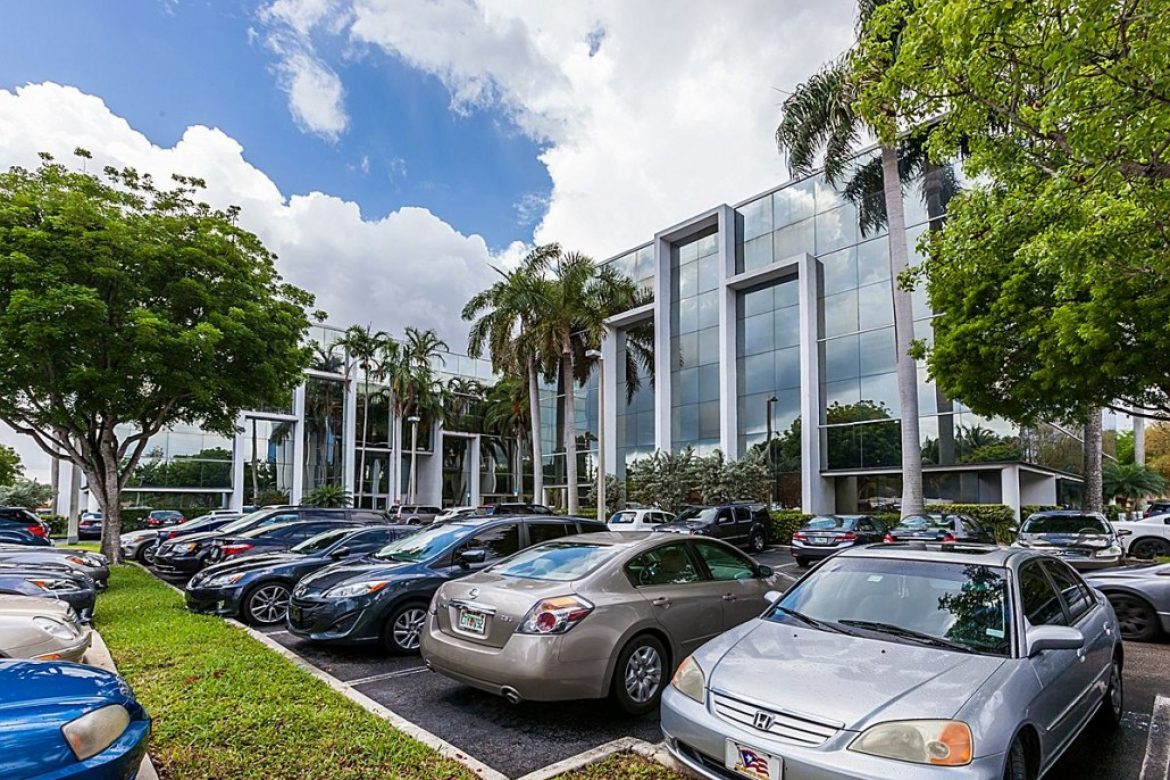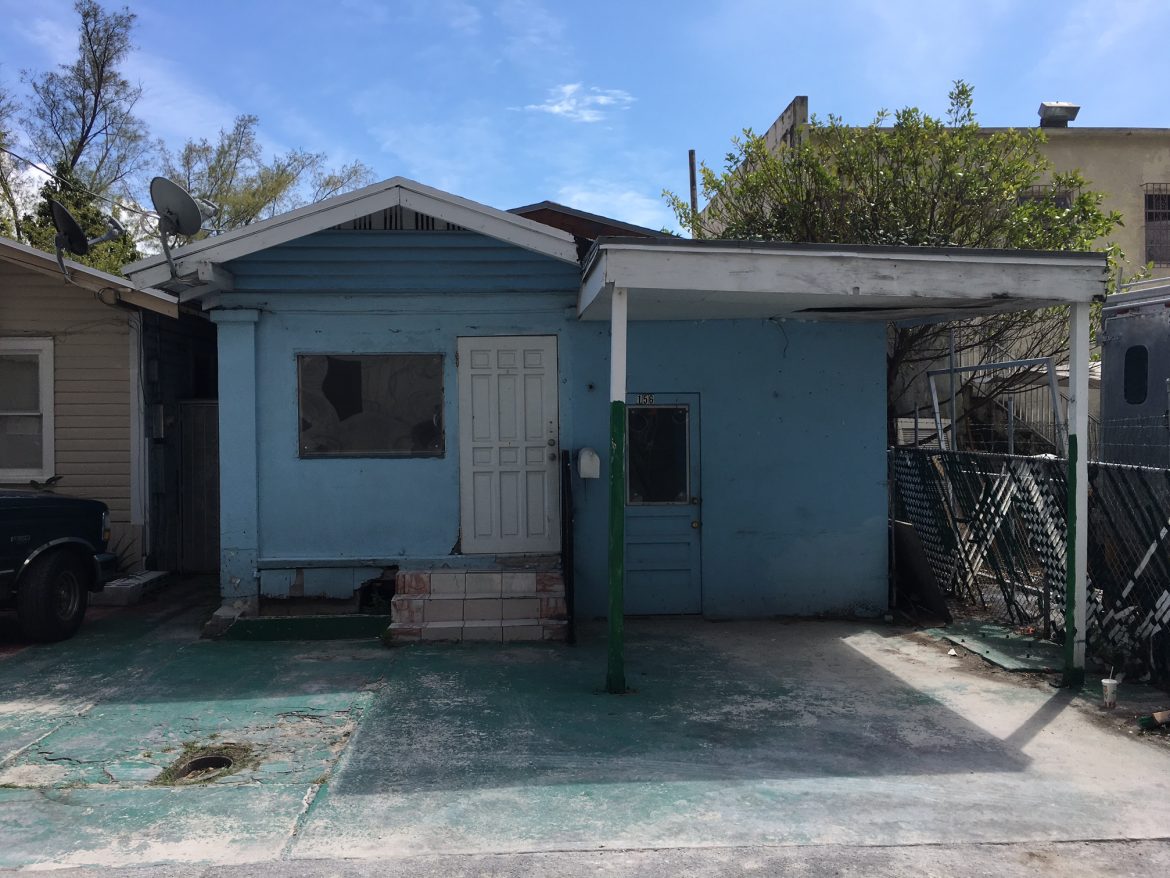However, during a building boom before the Great Recession, developers inundated downtown and the Brickell district with high-rise residences. As new residents filled those units after the crash, Miami’s downtown population ballooned. This was the first signal that downtown couldn’t remain a mere business district forever.
According to research by Brookings, Miami had the fastest-growing population of any major downtown over the past two decades. Miami’s urban core posted population growth of 202.5 percent from 2000 to 2018.
The soaring head counts enticed new grocery stores, restaurants and bars downtown, fulfilling the vision of the district as something more than a place to leave at the end of the workday.
Whole Foods opened a store in Downtown Miami in 2015, and the crowds quickly became legendary. “You can barely move in the store,” a Whole Foods executive reported in a 2016 earnings call.
Trey Davis, an associate director at Cushman & Wakefield, lives on Brickell — downtown and Brickell are distinct neighborhoods, but both are part of the central business district — and walks to work and shopping areas.
“I barely use my car,” he said. “There will be times when I go three to four weeks without using it.”
While new residents have been plentiful, office users have proven more elusive. That’s changing, too.
In one noteworthy recruiting win, Blackstone Group last year signed a deal to open a 215-person office in downtown. The private equity giant leased a 40,000-square-foot office at 2 MiamiCentral, the office building adjacent to the Brightline train station.
Blackstone expects to pay its Miami workers an average salary of $200,000. Microsoft and hedge fund Citadel also are said to be shopping for office space in downtown.
Big-name companies, it seems, finally are taking note of Miami’s oft-repeated selling points: low taxes, a business-friendly climate, and comparatively affordable real estate costs.
Despite that pitch, the tenants from New York and California arrived in a trickle rather than a torrent. Then came the COVID-19 outbreak, and companies took a fresh look at their locations.
“The pandemic was the accelerator. We have a great migration happening right now,” said Alan Kleber, a managing director at JLL. “You have people thinking, ‘If we were ever going to move our headquarters, or move a component of our operation, now is the time to do it.’”
The new interest in Miami follows years of efforts by the city to pitch itself to financial firms in the Northeast and to tech players on the West Coast.
“We felt it was only a matter of time before this happened,” said Cushman & Wakefield’s Trench. “I never thought a pandemic would be the catalyst.”
The emergence of Miami as a corporate location spurred 830 Brickell’s decision to quote rental rates of $75 to $85 per square foot.
“These are the highest rates Miami has ever seen,” said Trench, who’s marketing the space.
Even so, 830 Brickell’s rates are lower than the typical rents for Class A space in San Francisco or Midtown Manhattan. The building is scheduled for completion in 2022.
Features will include a building-wide app that lets users order coffee or reserve a treadmill in the gym, Trench said. While work-from-home trends during the pandemic have reduced demand for office space, Trench expects a return to the office.
“As much as we’ve seen we can all work from home, it’s tough to be at home 24 hours a day,” he said.
Miami boosters are banking on a return to offices after the pandemic. In a bid to raise the city’s national profile, the Miami Downtown Development Authority (DDA) last year launched its Follow the Sun initiative, which pays incentives to businesses that move to the central business district.
To qualify, an employer must create at least 10 new jobs that pay at least $68,000 a year. In return, employers get $500 per employee, up to a maximum of $50,000 a year, and up to $150,000 over three years.
In February, the DDA said eight companies won grants that will bring 684 jobs downtown. In all, the companies will receive $560,000 from the initiative.
One of the recipients is Blackstone. Other grant winners include an unnamed California wellness company and a Connecticut hedge fund, along with a number of employers moving from elsewhere in South Florida.
Downtown developer Motwani is a member of the board of the DDA. He said the incentives aim to make employers feel welcome, especially those from markets, such as New York and California, where business owners often complain about red tape and bureaucratic mazes.
“It’s more of a gesture,” Motwani said. “What can we do?”
The idea for Follow the Sun started in 2013. Miami had embarked on a marketing campaign aimed at hedge funds and other financial firms in Manhattan and Greenwich, Conn. The DDA pitched itself as a sunny and carefree destination, a place with lower taxes and a more welcoming business climate.
The Follow the Sun initiative is funded from property taxes collected by the DDA. Motwani said the outlay will be more than repaid as hundreds of high-earning workers take jobs downtown.
Some also will live in the district. Even those who commute from other areas will still spend money at downtown restaurants and support cultural institutions. What’s more, some of the incentive money will be pumped into building improvements as the new tenants set up shop downtown.
“They’re giving back more than they’re taking,” Motwani said. “We want the jobs. We want the diversity to our job base.”


